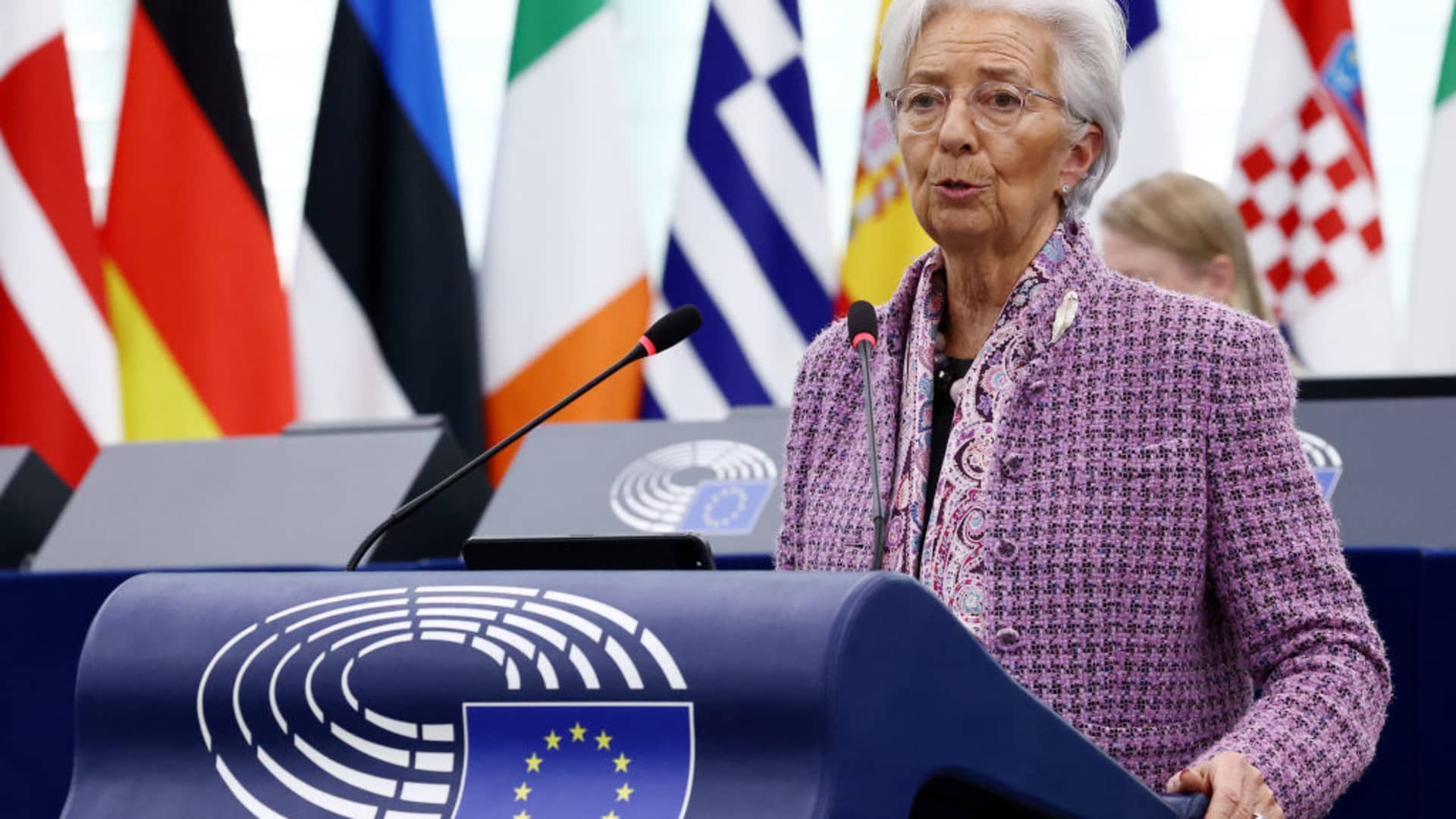The European Central Bank (ECB) cut interest rates by 25 basis points on Thursday, lowering its deposit facility rate to 2.5%. This move, widely anticipated by markets, reflects the central bank’s stance that monetary policy is becoming “meaningfully less restrictive.” ECB President Christine Lagarde described the decision as the result of a substantive discussion, with unanimous support from the Governing Council, except for one abstention. The change in language from January, when policy was still labeled as “restrictive,” signals a shift in tone interpreted by some analysts as hawkish.
According to Capital Economics’ Jack Allen-Reynolds, policymakers are growing more cautious about future rate cuts. Meanwhile, Morgan Stanley economists predict further rate reductions in April and June but anticipate a pause in July. Following the announcement, the euro rose 0.34% against the dollar by 2:53 p.m. London time, while eurozone government bond yields increased amid a global bond sell-off. The German 10-year bond yield climbed over nine basis points.
The ECB’s six rate cuts in the past nine months come amid sluggish economic growth in the region and concerns over potential U.S. tariffs on EU imports. Eurozone headline inflation remains below 3%, with February’s rate easing to 2.4%, slightly above expectations. Core inflation and services inflation also declined after months of persistence. The ECB reiterated that disinflation is “well on track” but noted that domestic inflation remains “high.”
Lagarde highlighted downside risks to growth, citing trade tensions and geopolitical uncertainties, including Russia’s war against Ukraine and conflicts in the Middle East. She also addressed Europe’s plans to boost defense spending, stating that such measures could support growth, though specifics remain unclear. Looking ahead, Lagarde emphasized the importance of data dependency in future rate decisions, refusing to commit to holding rates steady at the April meeting.
— news from CNBC
